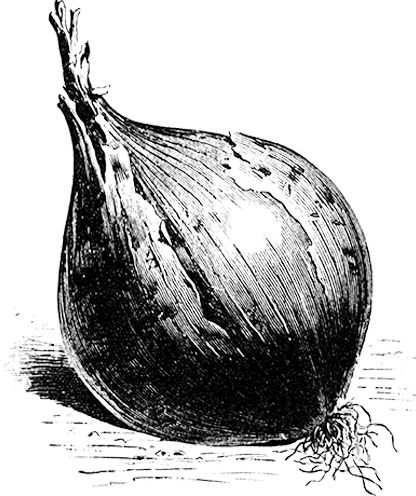Information
An husk cherry that has been on the market for a long time. Originally a Polish variety, it was known as a cultivar as early as 1837 when it was named by a botanist in Pennsylvania, USA. Who Aunt Molly was remains a mystery. It grows much faster if the germination temperature is around 26-27 degrees. Aunt Molly is very similar to Goldie. It was previously referred to as P. pruinosa.
One portion contains about 30 seeds.
NOTE The seeds are grown responsibly without pesticides and artificial fertilizers and in a cultivation that is in transition to become organically certified. Conversion to an organically certified cultivation takes 2 years and seeds harvested during that time are classified as "conventional" in year 1 and "under conversion" in year 2.
| Product number: | 7745 |
|---|---|
| Scientific name: | Physalis grisea |
| Botanic family: | Solanaceae |
| Organic: | No |
| Days to maturity: | 75 |
| Lifespan: | Annual, Perennial |
| F1 Hybrid: | No |
| New variety: | No |
| Sowing time: | Pre-cultivate: February–April |
| Sowing depth: | 0,5 cm |
| Germination temperature: | 26-27 degrees |
| Germination time: | 14–20 days |
| Plant spacing: | 50–60 cm |
| Row spacing: | 50–70 cm |
| Height: | 30–100 cm |
| Plant location: | Sun |
| Harvest/blooming: | August–frost |
| Seeds/g: | 1000 seeds |
| Other: | Light germinating |
| Heirloom variety: | Yes |
